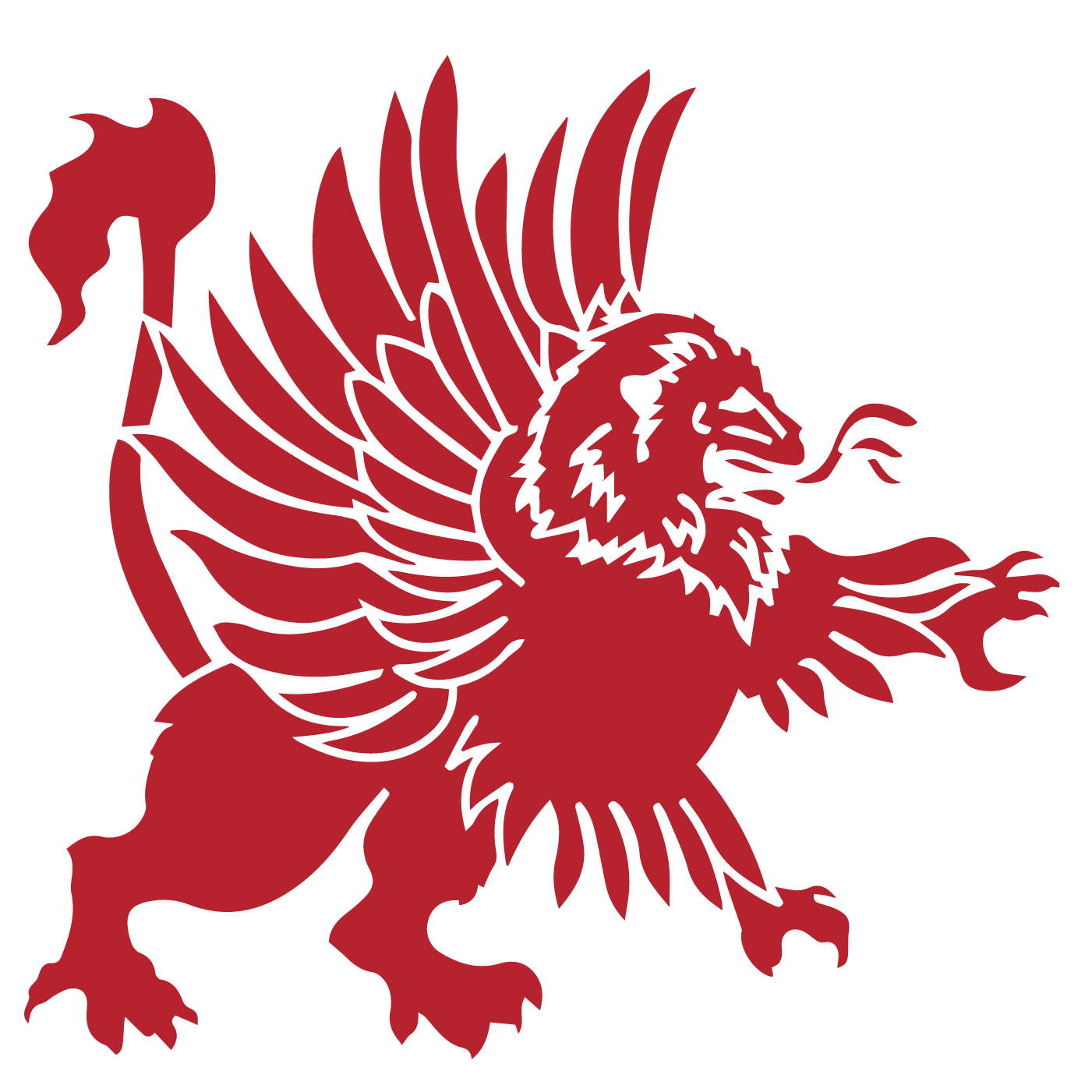Skip to content
Show submenu for About MMS
Show submenu for Departments
Departments
Administration
Curriculum Departments
Show submenu for I Want To...
I Want To...
View / Download
Show submenu for Parents
Parents
Show submenu for Quick Links
Dress Code
Show submenu for
